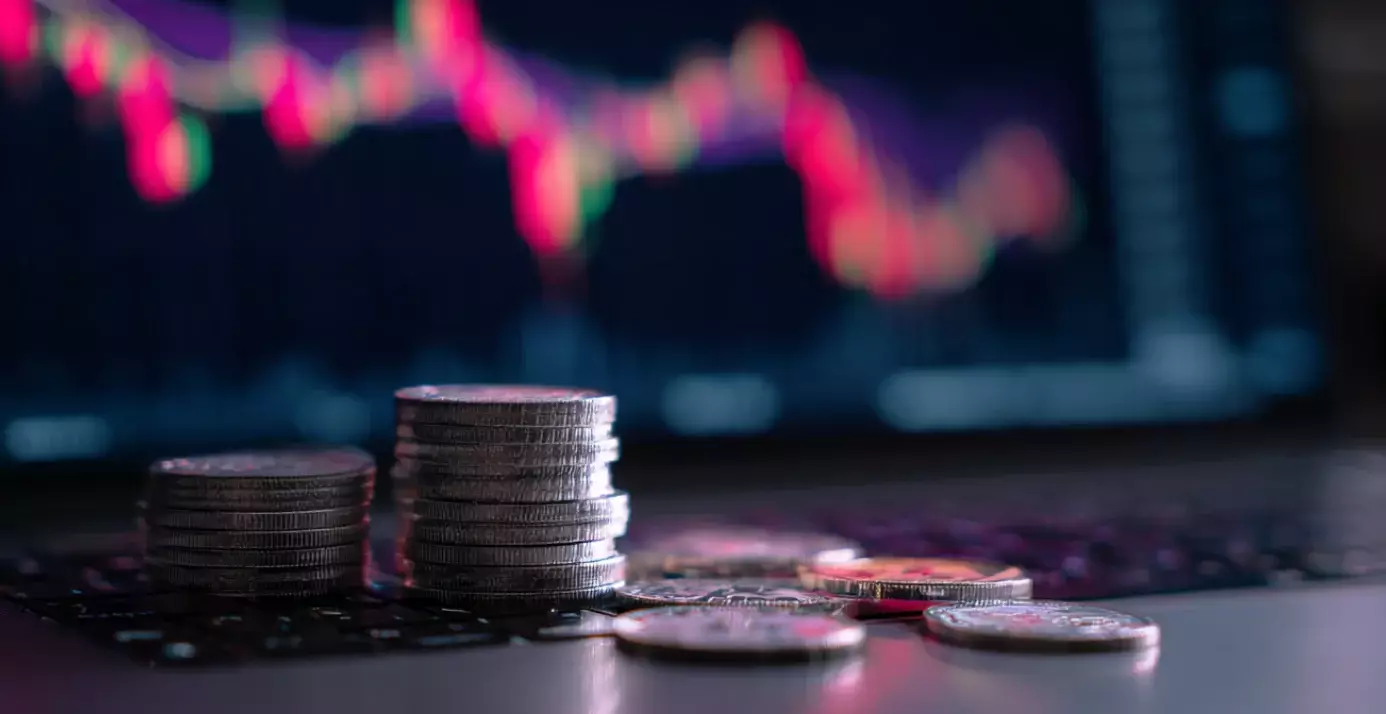The recent downturn in Cardano’s price reflects not only speculative volatility but also a deeper uncertainty within its ecosystem. Large-scale whale activity—specifically the sale of 100 million ADA worth approximately $65 million—captures a critical shift in investor sentiment. Such significant sell-offs often evoke fears of a broader market correction, as they temporarily erode confidence and inject short-term pessimism. For years, whale behavior has been a barometer of institutional interest and retail conviction; however, their sudden withdrawal signals that even the most optimistic holders are reconsidering their positions. This massive offloading could be driven by a combination of profit-taking, risk aversion in broader markets, or a response to the dwindling appeal of Cardano’s DeFi activity.
These sales do not necessarily spell doom, but they underscore the fragility of current investor enthusiasm. The market’s response to whale movements typically manifests in increased volatility, which can trigger cascading sell-offs among retail traders. Yet, it is crucial to recognize that such movements are often temporary – a short-term narrative that can swiftly shift if positive catalysts emerge. The question remains whether Cardano’s fundamentals are sturdy enough to withstand this flurry of dumping, or if they are unwittingly riding a wave of superficial hype that’s now receding.
DeFi and Trading Volumes: Signs of Waning Engagement
A deeper analysis reveals a troubling trend: the ecosystem’s decay in real-term usage and on-chain activity. Data from DeFiLlama shows a steady decline of total value locked (TVL) from $360 million to approximately $280 million over a narrow window, signaling reduced user engagement and capital inflow. Simultaneously, decentralized exchange (DEX) volumes have plunged from $125 million in July to just $85 million, demonstrating a waning appetite for decentralized trading on Cardano.
These metrics are doubly discouraging in their implications. While the blockchain network might still retain technological promise, user participation appears to be shrinking, which could hinder future organic growth. The decline in stablecoin market cap to under $40 million indicates a shrinking liquidity pool, which further constrains price stability and network innovation. Such slowdowns are typical of a phase where the market consolidates after high-profile hype cycles, but they also reinforce the bond between token price and ecosystem activity—weakening that bond threatens long-term sustainability.
However, it’s worth contemplating whether this slowdown is just a temporary pause in a broader rebuilding phase or a sign of structural weakness. Institutional interest, such as the potential approval of a Cardano ETF, could serve as a reinvigoration, but without substantive on-chain activity, such speculative catalysts may only provide fleeting relief.
Technical Analysis and Future Outlook
From a technical perspective, ADA’s recent price action suggests a bearish tilt in the near term. Indicators like the Relative Strength Index (RSI) hovering around 40 indicate waning momentum, yet not oversold levels. The passing below the 200-day Simple Moving Average (SMA) and other key trend lines demonstrates weak market sentiment. While the MACD slightly hints at a potential bounce, it remains fragile—suggesting that traders might be waiting on a catalyst rather than initiating new longs.
Support at approximately $0.578 acts as a critical test for the downside. Should it give way, a descent toward lower levels could ensue, further eroding investor confidence. Conversely, breaking above resistance zones near $0.665 or $0.752 could spark a short-term rally, but only if volume and institutional interest recover convincingly. The declining volatility, as seen in Bollinger Bands, reflects indecision and a market caught between hope and doubt—an environment ripe for sharp swings.
Is the Road to Recovery Still Open?
While the current picture appears bleak, there are strategic avenues that could turn the tide—if effectively leveraged. Upcoming network upgrades like Hydra and Ouroboros Leios aim to improve scalability and reduce costs, which could appeal to enterprise users and developers seeking efficient blockchain infrastructure. Moreover, the anticipated SEC ruling on Grayscale’s spot ADA ETF might unlock substantial institutional interest, providing a much-needed infusion of confidence and liquidity.
Yet, these positive factors might prove insufficient if trading volumes and ecosystem engagement remain depressed. Without active DeFi protocols, robust DEX activity, and sustained developer interest, the foundation of Cardano’s long-term viability remains shaky. Major events like the Cardano Summit 2025 could turn out to be pivotal moment—either confirming renewed confidence or exposing the ecosystem’s vulnerabilities.
In the end, Cardano’s journey is at a crossroads. Its technical improvements lay the groundwork, but market sentiment hinges on more than just code upgrades. The ecosystem’s ability to attract and retain real user activity will determine if the current decline becomes a transient correction or a more structural decline. Right now, the signs are mixed, a reflection not just of market dynamics but of whether Cardano can transition from promise to tangible, sustained growth in a competitive blockchain landscape.

